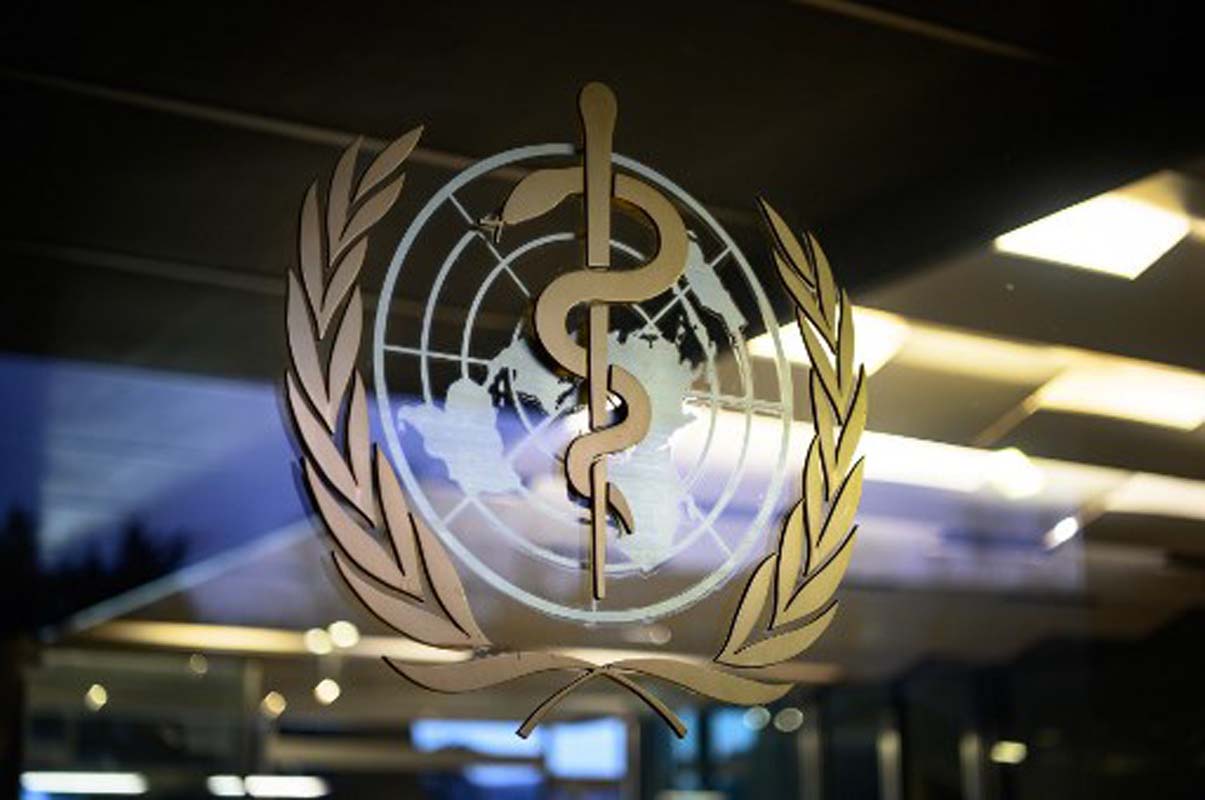
403
Sorry!!
Error! We're sorry, but the page you were looking for doesn't exist.
WHO cautions of increase of chikungunya disease
(MENAFN) The World Health Organization (WHO) cautioned on Tuesday that without swift measures, the world could face a repeat of the 2005 chikungunya outbreak. Diana Rojas Alvarez, WHO’s arbovirus team lead, revealed that the mosquito-borne virus is currently circulating in 119 countries, putting approximately 5.6 billion people at risk.
Chikungunya causes symptoms such as fever, rash, and intense joint pain, which can persist for weeks or even cause long-term disabilities in up to 40% of those infected. Since early 2025, significant outbreaks have hit Indian Ocean islands like La Reunion, Mayotte, and Mauritius, where about one-third of La Reunion’s population is believed to have contracted the virus.
The disease is now spreading into Madagascar, Somalia, and Kenya, while South Asia continues to see cases following India’s 2024 epidemic. Sri Lanka and Bangladesh have reported increased infections, and cases have even been imported into Europe, with local transmission confirmed in France and suspected cases in Italy.
Rojas warned that this situation closely resembles the pattern seen in 2004–2005 and urged immediate action to prevent history from repeating. She highlighted the need for countries with Aedes mosquitoes to strengthen their surveillance and mosquito control initiatives. While cases are decreasing due to winter in the Indian Ocean region, early detection and prompt response remain crucial to reducing infections and avoiding long-term health and economic consequences.
WHO is supporting affected countries by deploying experts, training healthcare workers, and assisting with vector control efforts.
Chikungunya causes symptoms such as fever, rash, and intense joint pain, which can persist for weeks or even cause long-term disabilities in up to 40% of those infected. Since early 2025, significant outbreaks have hit Indian Ocean islands like La Reunion, Mayotte, and Mauritius, where about one-third of La Reunion’s population is believed to have contracted the virus.
The disease is now spreading into Madagascar, Somalia, and Kenya, while South Asia continues to see cases following India’s 2024 epidemic. Sri Lanka and Bangladesh have reported increased infections, and cases have even been imported into Europe, with local transmission confirmed in France and suspected cases in Italy.
Rojas warned that this situation closely resembles the pattern seen in 2004–2005 and urged immediate action to prevent history from repeating. She highlighted the need for countries with Aedes mosquitoes to strengthen their surveillance and mosquito control initiatives. While cases are decreasing due to winter in the Indian Ocean region, early detection and prompt response remain crucial to reducing infections and avoiding long-term health and economic consequences.
WHO is supporting affected countries by deploying experts, training healthcare workers, and assisting with vector control efforts.

Legal Disclaimer:
MENAFN provides the
information “as is” without warranty of any kind. We do not accept
any responsibility or liability for the accuracy, content, images,
videos, licenses, completeness, legality, or reliability of the information
contained in this article. If you have any complaints or copyright
issues related to this article, kindly contact the provider above.


















Comments
No comment